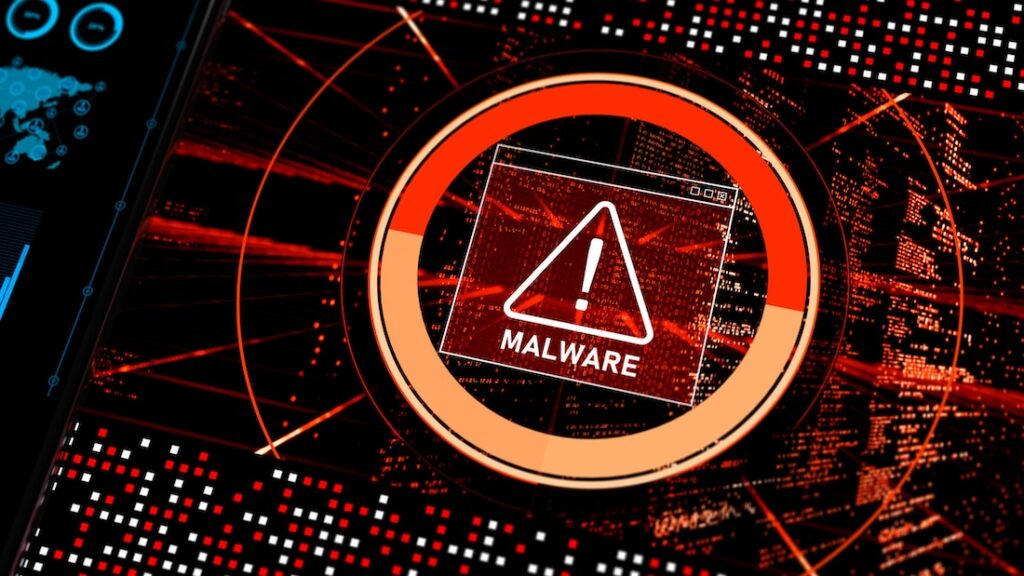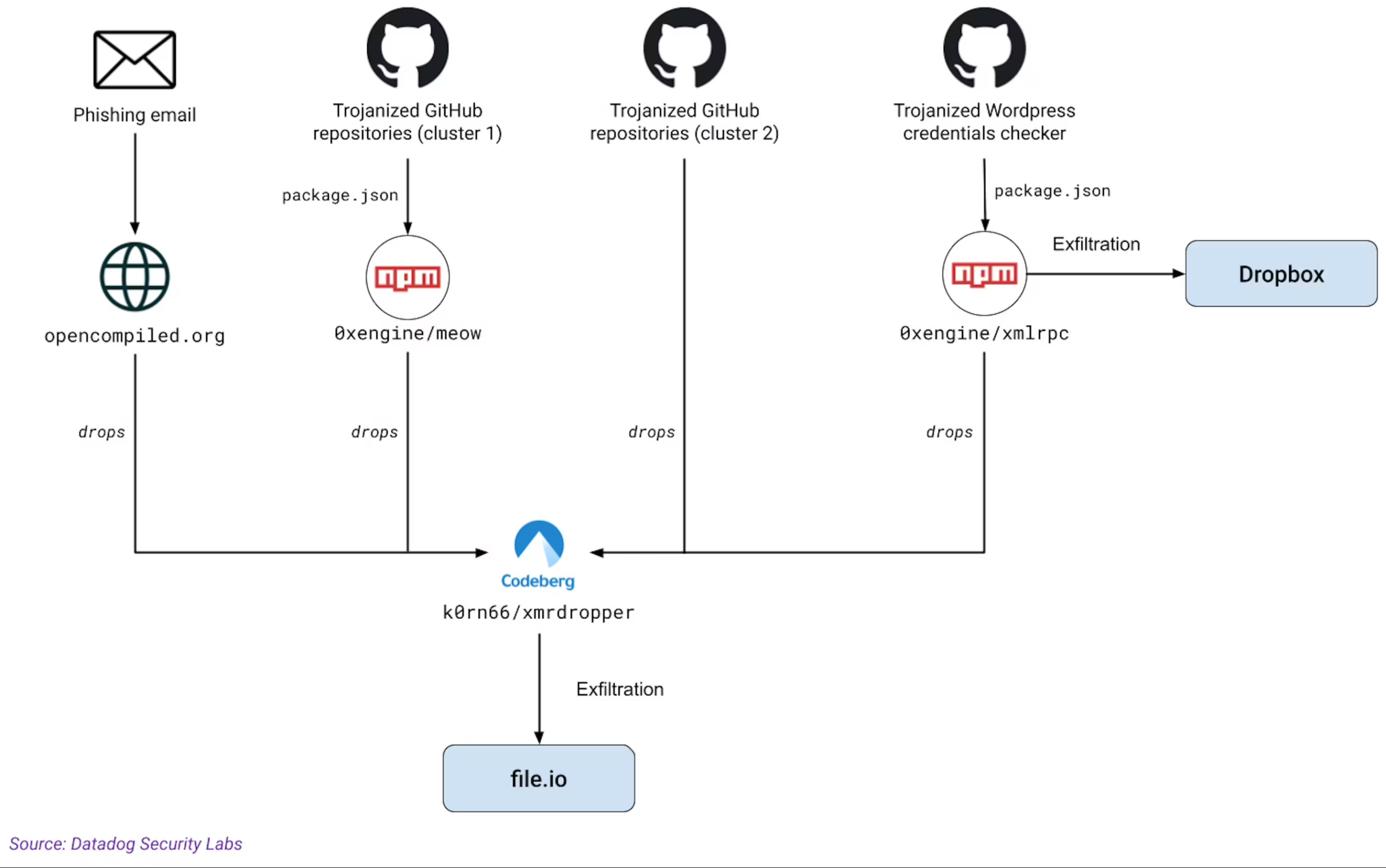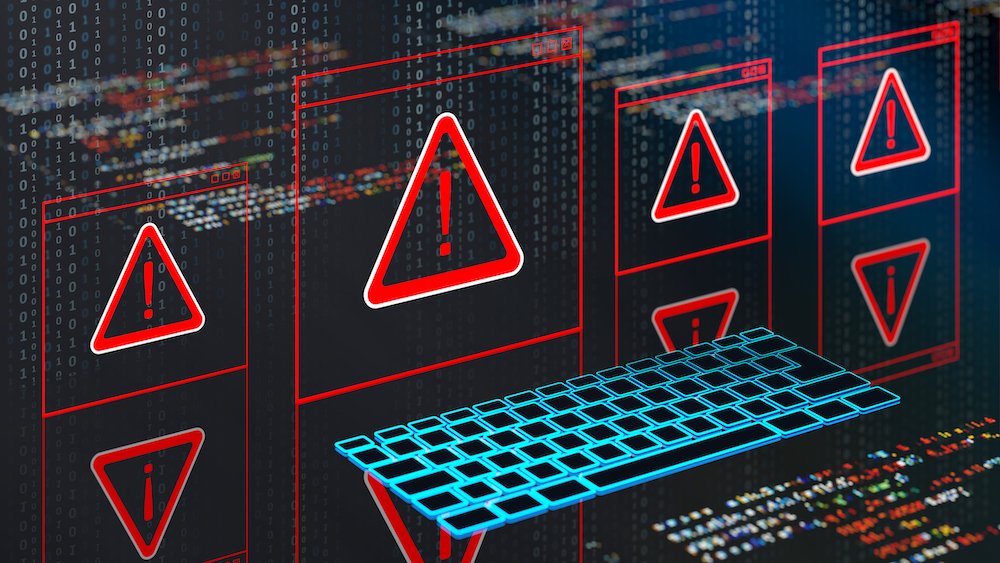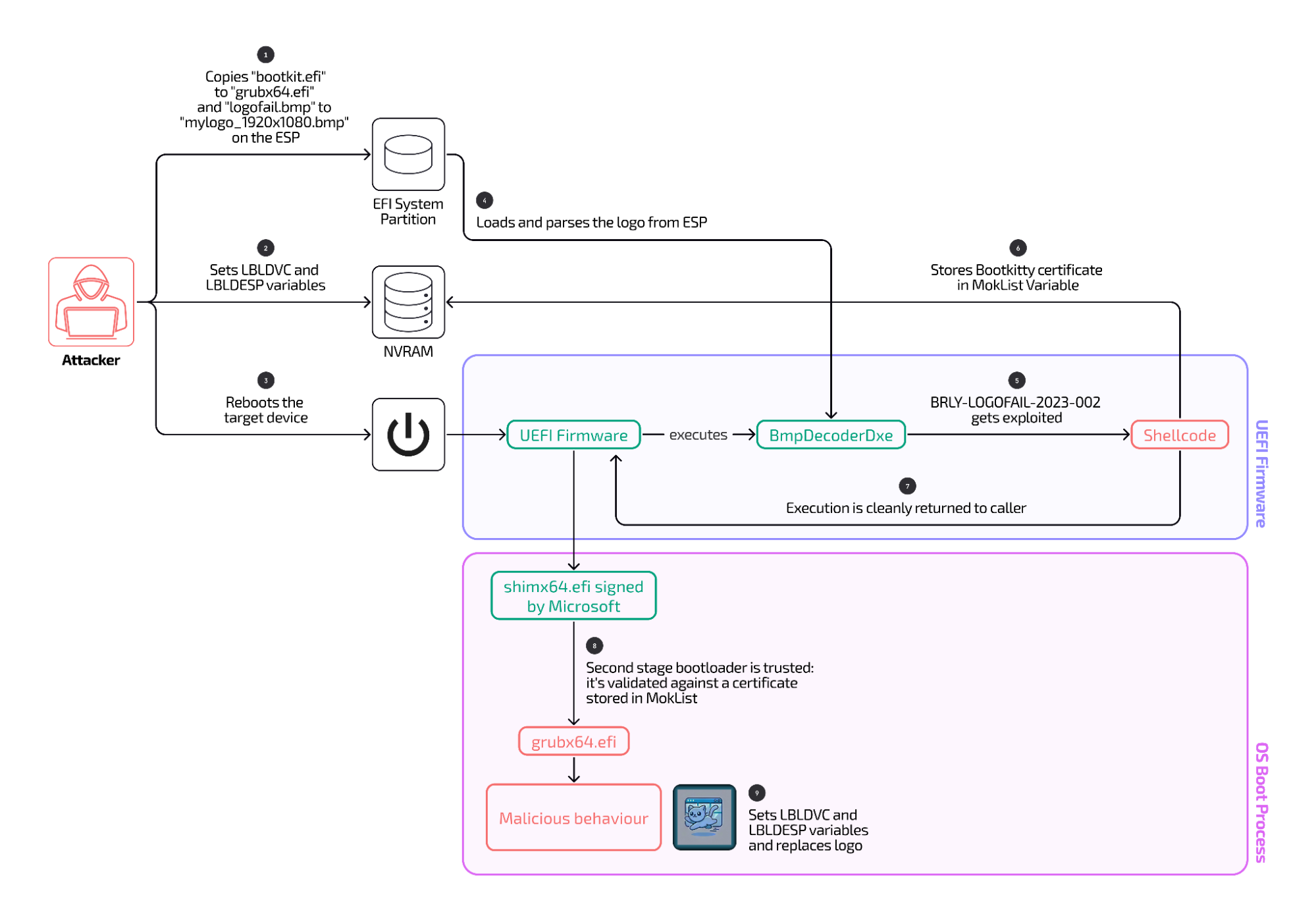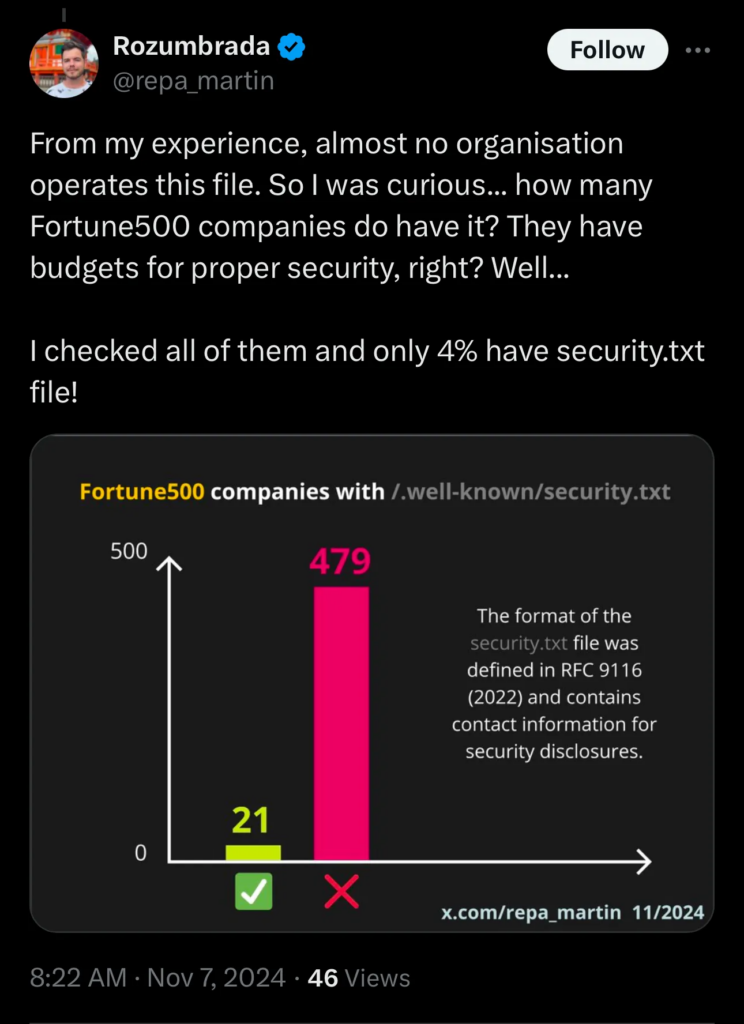Hackers seek ransom after getting SSNs, banking info from state gov’t portal
Hackers trying to extort the Rhode Island government infiltrated the state’s public benefits system, causing state officials to shut down online services that let residents apply for Medicaid and other assistance programs.
“As part of this investigation today, we discovered that within the Rhode Island Bridges system, a cybercriminal had installed dangerous malware that constituted an urgent threat,” Governor Dan McKee said at a Friday night press conference, according to The Providence Journal. “That is why tonight we have shut down the system. That means customers will temporarily not be able to access any customer portal related to the services on Rhode Island Bridges.”
The vendor “Deloitte confirmed that there is a high probability that a cybercriminal has obtained files with personally identifiable information from RIBridges,” McKee’s office said in a press release. Rhode Island has “proactively taken the system offline so that the State and Deloitte can work to address the threat and restore the system as quickly as possible.”
The state decided to sign a new three-year contract with Deloitte in 2021 despite its earlier failure to build a stable system. RIBridges, originally called Unified Health Infrastructure Project (UHIP), launched in 2016 and “suffered from massive cost overruns before launch and catastrophic failures afterward,” WPRI wrote in 2021.
The hack disclosed on Friday has already inspired a class-action lawsuit against Deloitte. The lawsuit was filed in a federal court yesterday.
Many state programs impacted
Information obtained by hackers “may include names, addresses, dates of birth and Social Security numbers, as well as certain banking information,” the governor’s office said Friday, noting that analysis of the breach was not complete.
“To the best of our knowledge, any individual who has received or applied for health coverage and/or health and human services programs or benefits could be impacted by this leak,” the governor’s office said. This includes Medicaid, Supplemental Nutrition Assistance Program (SNAP), Temporary Assistance for Needy Families (TANF), Child Care Assistance Program (CCAP), health coverage purchased through HealthSource RI, Rhode Island Works (RIW), Long-Term Services and Supports (LTSS), and the General Public Assistance (GPA) Program.
An updates page said the state and Deloitte are still “focused on addressing the threat” and aren’t yet saying when the RIBridges system will be restored. “We understand this is an alarming situation for our customers. Current customers will not be able to log into their account through the portal or the mobile app while the system is offline… Rhode Islanders seeking to apply for benefits can still submit a paper application.”
Hackers seek ransom after getting SSNs, banking info from state gov’t portal Read More »

